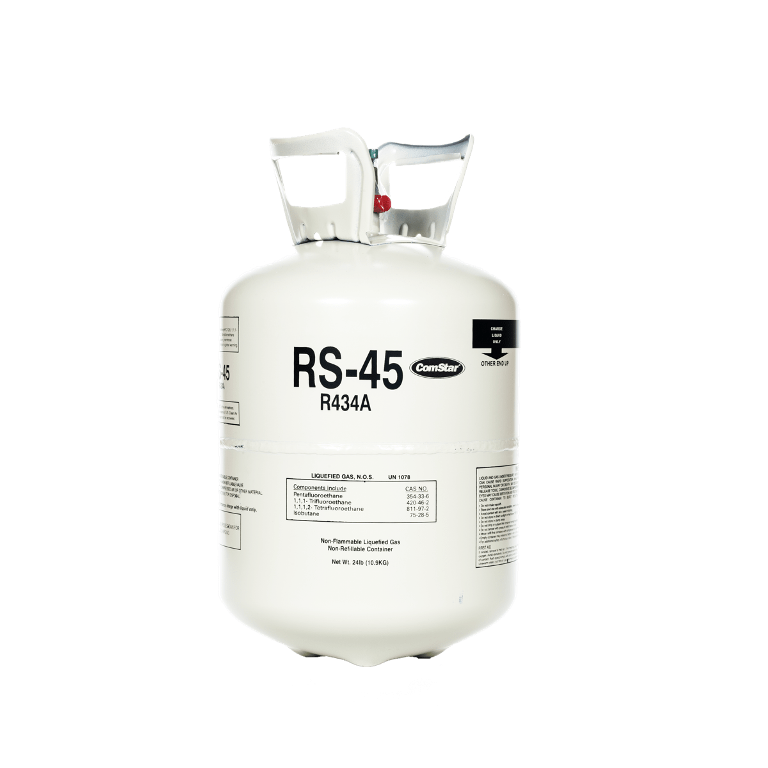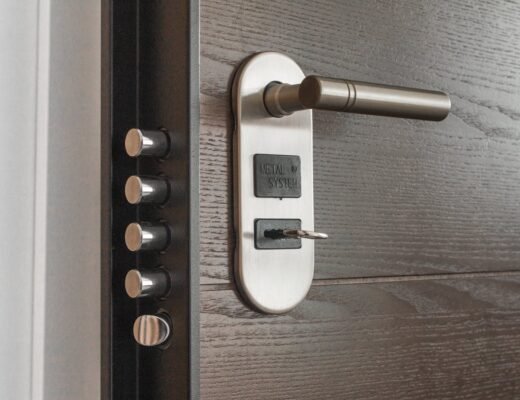Are you searching for the best R22 replacement options on the market? If so, you have come to the right place. With the phasing out of Freon or R22 starting in 2010, the cost of R22 has risen exponentially. R22 was one of the best refrigerants on the market for many decades. That is due to the many advantages offered by the substance compared to other refrigerants out there. In fact, Freon or R22 is compatible with a host of HVAC-R systems out there. On the other hand, the substance increases the energy efficiency of the unit. This helps save money on your utility bills in the long run. That is why Freon was considered one of the best refrigerants for HVAC-R systems for many decades in the past.
But scientific research in the early 1980s revealed the negative side of R22. The substance was found to damage the ozone layer of the planet. Hence, it was categorized as an ODS or ozone-depleting substance during the Montreal Protocol signed in 1987. The Environmental Protection Agency or EPA of the United States decided to phase out the substance along with many other ODS substances. R22 was not used in new HVAC-R systems starting from 2010. In fact, the production and importation of R22 were severely restricted after 2010. R22 was produced in the United States only to service the existing HVAC units in the country. That is why a pound of R22 skyrocketed. You may have to pay around $100 per wholesale pound of R22 today. Just imagine how much you will have to spend in case your HVAC unit experiences a refrigerant leak. That is why it is important that you implement an effective preventive maintenance schedule to prolong the lifespan of your old HVAC-R system. That way you can save a lot of money over time.

But the problem arises when R22 is completely phased out in 2020. The EPA has decided to completely phase out R22 by January 2020. You won’t be able to buy R22 even at a higher price after this date. That is where alternative refrigerants come in handy. In fact, you should either replace your old HVAC-R system with a new energy-efficient unit that operates on an alternative refrigerant or replace R22 in the old unit with an alternative substance. The second option will help you save money than the first option since you will be using the existing HVAC unit for some time to come. There are many alternative refrigerants on the market today. They are eco-friendly in the sense that they don’t damage the ozone layer of the planet. On the other hand, most of these alternative refrigerants are energy efficient. Here are some of the best R22 replacement options on the market today.

RS-44 (R424A) – This is a direct drop-in replacement for Freon or R22. It is used in AC applications with a capillary and an expansion device. The latest testings show that RS44 has a higher COP, lower pressure, a similar performance, lower discharge temperatures, and a good oil return with all types of oils compared to R22. On the other hand, there is no need to change the lubricant oil since RS44 is compatible with benzene, alkyl, mineral, and POE oils. On the other hand, the lower discharge temperatures of using RS44 provide a host of operating benefits to your HVAC-R system. That is why you should be considering RS44 as a direct alternative to the R22 refrigerant.

RS-45 (R434A) – RS45 is another great alternative refrigerant to R22. It can be successfully used to replace R22 across a wide range of HVAC-R applications out there. ACs and low-temperature refrigerators are some of the best applications in this regard. RS45 is a capacity match to R22. But this refrigerant shouldn’t be used in systems that have a capillary. RS45 will replace R22 at both higher and lower temperature applications – where an expansion device is present. In fact, the COP of RS45 matches the COP of R22. On the other hand, it also comes with a similar discharge pressure to R22. There are many advantages of replacing R22 with RS45 – which is an eco-friendly alternative refrigerant on the market today.
TdX 20 is the latest alternative refrigerant on the market today, http://www.bluonenergy.com. It comes with a wide range of advantages to your HVAC-R systems. In fact, the latest statistics show that TdX 20 has become one of the most popular alternative refrigerants on the market today. That is due to the numerous benefits offered by the substance. That is why you should consider purchasing the alternative refrigerant for all your HVAC-R systems. Here are some of the many benefits of TdX 20.
HVAC-R systems that operate on TdX 20 will consume 20-30% less energy on average. That means you save money on your utility bills while the environment is protected due to lower use of electricity. Electricity is a major contributor to global warming in this day and age.
TdX 20 will reduce the amperage draw between 5-25% as well as the daily operating times by 20-90 minutes.
It will preserve or rather increase the cooling capacity of your HVAC-R system when compared to R22 or Freon.
TdX 20 can run on low, medium, and high-temperature equipment compared to R22 or Freon. In fact, TdX 20 is highly optimized for medium and high-temperature HVAC-R units.
The substance will increase the lifespan of your HVAC-R system by way of lower compressor operating temperatures and lower pressures.
The most important benefit of TdX 20 is the eco-friendliness of the substance. It doesn’t contribute to the depletion of the ozone layer of the planet similar to R22 or Freon. That is why TdX 20 is considered one of the best alternative refrigerants for your HVAC-R systems.
R22 will be completely phased out by January 2020. That is where you should opt for energy-efficient alternative refrigerants for your HVAC-R systems. TdX 20 is one of the best alternative refrigerants on the market today.




